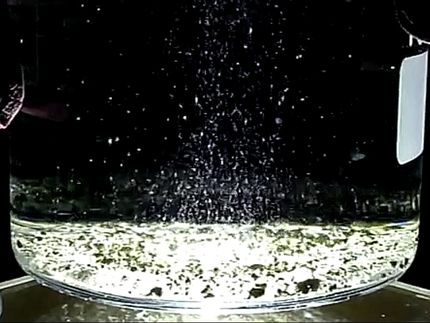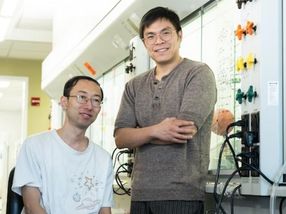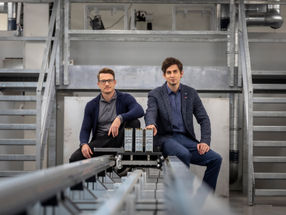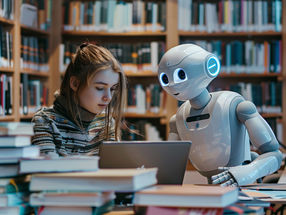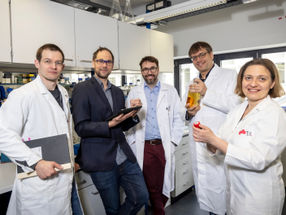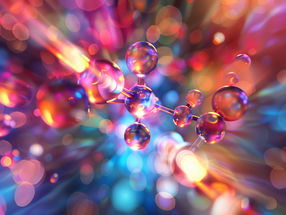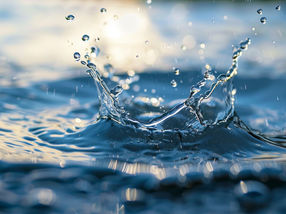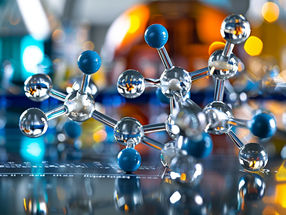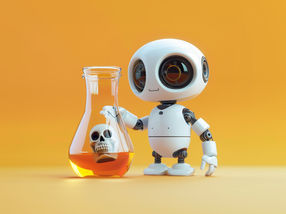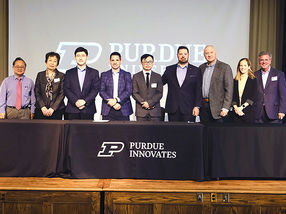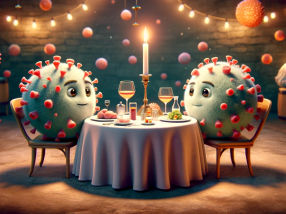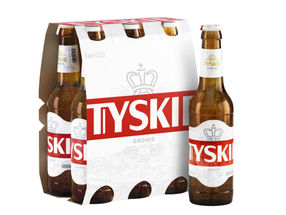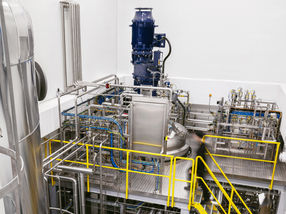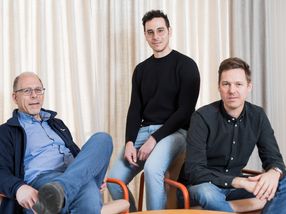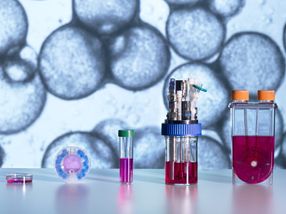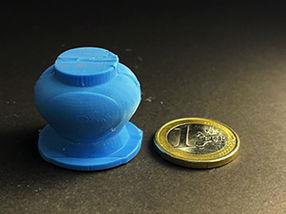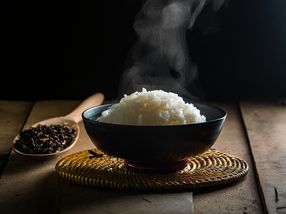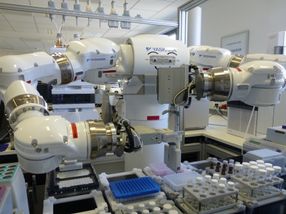Waste expert locate microorganisms capable of degrading phytosanitary waste
A team of experts in waste recycling and composting at Almeria University, led by Joaquín Moreno Casco, is defining the characteristics of the composting process from a biological perspective. The aim is to obtain a collection of microorganisms capable of degrading pesticide and lignocellulose materials waste (stalks, leaves and branches from agriculture/forestry), accumulating heavy metals and generating substances that regulate vegetable growth, as well as to determine new antagonistic species to combat plague organisms in crops.
The multiple objective of the study comes from the fact that the experts propose different microorganism isolation and selection programmes based on the transformation of agricultural waste, municipal waste or sludge from purification plants, with a view to contributing towards improving the environment. "We have considered these three types of waste as a source of microorganisms due to the fact that they are produced in enormous amounts, not only at regional level, but also at national and international level," comments Mª Carmen Vargas, member of the research team.
According to Mª Carmen Vargas García, "the importance of discovering new microorganisms capable of degrading phytosanitary waste compounds lies in the fact that they are highly volatile and soluble in water."
To achieve this premise via the isolation and selection of the most suitable microorganisms, the scientists scatter the organisms on a culture medium together with basic nutrients and, as the sole source of carbon, the phytosanitary compound on which they want the microorganisms to react. Following this, they measure the initial concentration of the compound and, after several days of incubation, the final concentration. This allows the scientists to verify the real capacity of the selected microorganisms to transform (and therefore eliminate) the compound in question.
This procedure is applied in the selection of microorganisms capable of eliminating heavy metals, replacing the phytosanitary compounds with different concentrations of the metal to be analysed. In the case of species that generate substances capable of regulating vegetable growth, the presence of these types of molecules is analysed in liquid culture media.
Another of the objectives of this study is the search for organisms capable of degrading lignocellulose compounds. These have a high fermentable material content, they are renewable and abundant and their use from a biological perspective is less harmful to the environment. According to Mª Carmen Vargas García, "they could be a good energy source alternative, given the problems of energy insecurity, price instability and pollution related to oil-derived fuels, although the transformation processes need to be perfected to make them more competitive."
One of the main factors that limit their use is the access to the fermentable compounds (pectin, hemicellulose and cellulose), both by the microorganisms and the exoenzymes that act in the degradation. In this respect, Dr Moreno Casco's team is endeavouring to define a range of organisms capable of accessing these compounds and of reinforcing the possibility of using whichever are most abundant and renewable on earth as an energy source.
On the other hand, the method employed to establish natural enemies for species such as Pythium, Fusarium, Phytophtora, Xanthomonas, Erwinia and Pseudomonas, potentially applicable in the biological battle, varies slightly. For this purpose, selected microorganisms are confronted with the phytopathogens, verifying whether or not the former have the capacity to inhibit the growth of the latter. Subsequently, field tests are carried out on different crops at the research team's Experimental Farm, to verify their efficiency in the natural environment.
At the moment, the biological definition of the process has been practically completed and this year the researchers will work on determining the possible applications of the defined microorganisms and test their capacity in real conditions. In the words of Mª Carmen Vargas García: "The results obtained to date, in laboratory conditions, are quite encouraging, particularly as regards heavy metal accumulation and biological antagonists selection."
This study entitled, Caracterización microbiológica y bioquímica de compost y sus extractos líquidos. Aplicaciones ambientales y agronómicas de aislados microbianos (Microbiological and Biochemical Characterisation of Compost and its Liquid Extracts. Environmental and Agronomic Application of Isolated Microbians) has been carried out at the UAL thanks to the funding of €108,000 provided by the Ministry of Education and Science.
The application of this project is important, as its ultimate goal is to contribute towards improving the environment. As Mª Carmen Vargas points out, "apart from obtaining more knowledge, we seek to contribute towards the development of new values and offer an alternative perspective as regards how today's society deals with its relation with the environment to include, as values of special consideration, respect for and conservation of the environment and the natural heritage."

